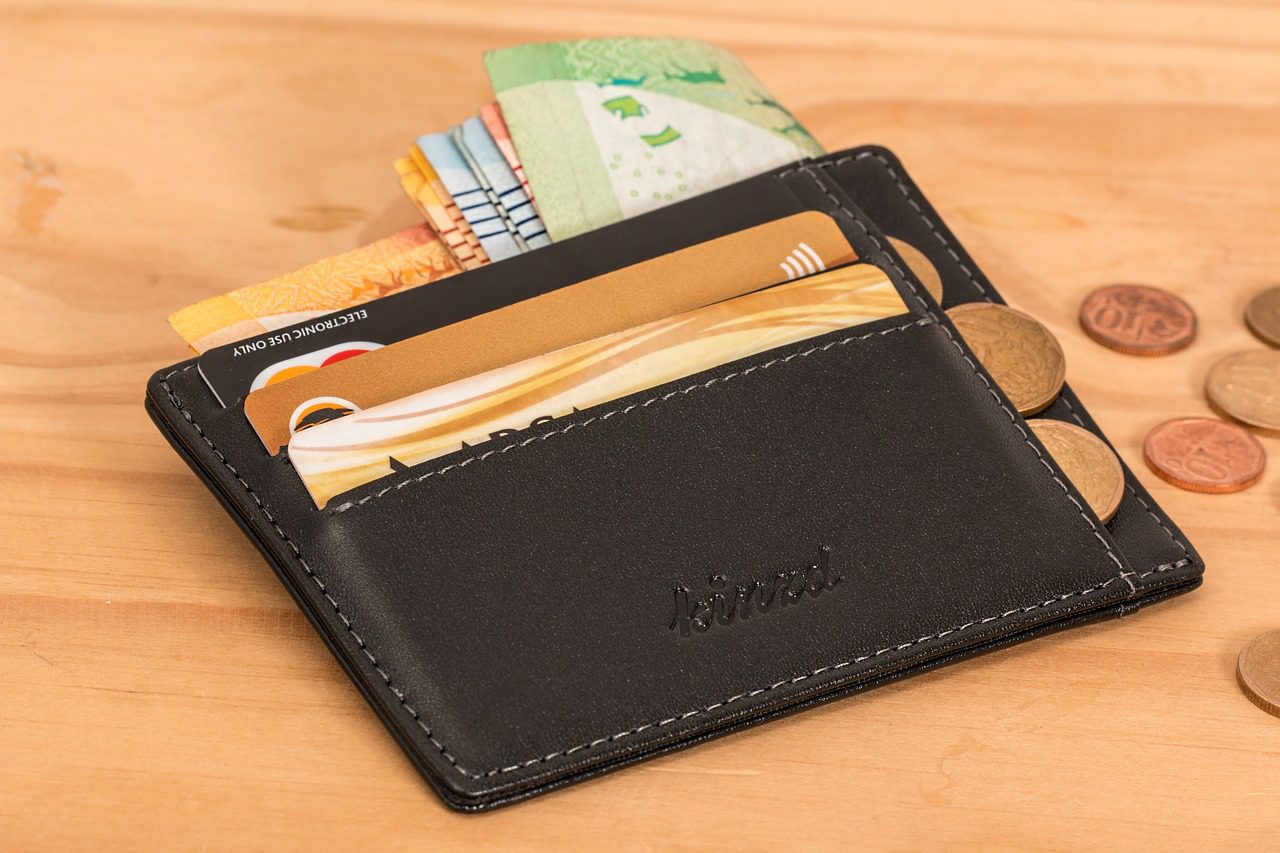Today’s NYT hits on rewards, one of Mercator’s favorite topics. With Delta now indicating that their rewards program brought in $3 billion in 2017 and will achieve $4 billion by 2021, it is no wonder that Amex is rolling out yet another Delta co-brand card plan. That is a lot of revenue when you consider Delta’s pre-tax income was $5.7 billion in 2017.
-
It’s been more than 30 years since the first credit card offering frequent-flier miles made its debut, so you’d think that the market for plastic passports bearing the promise of free trips would be mature by now.
-
But consider the numbers that Delta Air Lines has been throwing around recently in investor presentations. It generated $3 billion from its relationship with American Express in 2017 and expects to hit $4 billion by 2021. Even as competition intensifies for big-spending cardholders with rewards lust in their hearts, spending on the Delta Amex cards rose at a compound annual growth rate of 12 percent from 2013 through 2017.
Card companies love point programs because there is a logical connection to points spent and dollars charged. Barclays bought the JetBlue program and supposedly doubled the business in two years.
-
When they first emerged in the 1980s, half a decade or so after the invention of the frequent-flier mile, airline cards offered one mile for every dollar spent.
-
But with all of the reward currency that was soon floating around, airlines had to either raise the number of miles required to get free seats or restrict the availability of those tickets (or both).
One of the nice things about airline rewards is that you can work towards an aspirational trip. Regular cash back can be diverted for a spousal present or consumable gift card, rather than building towards that dream Hawaiian trip. But, whatever it takes, do not revolve the balance because that will quickly dissolve any reward upside!
Overview by Brian Riley, Director, Credit Advisory Service at Mercator Advisory Group










